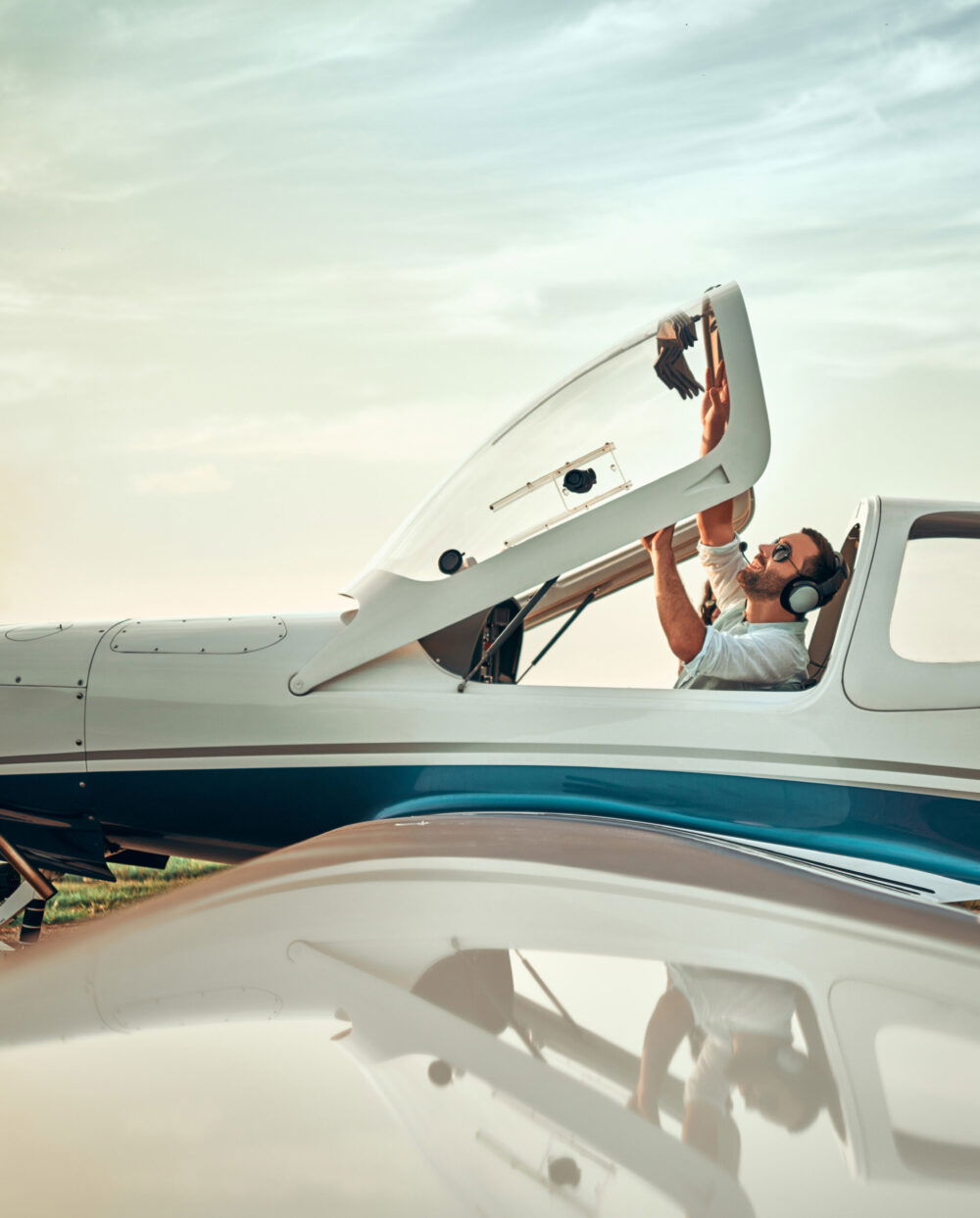Despite previous concerns about its development schedule, Axiom Space’s extravehicular mobility unit (AxEMU)—the planned replacement for NASA’s decades-old spacesuits—appears to be on track.
Axiom on Tuesday revealed that it conducted initial crew tests of AxEMU in June, putting it in the pool at NASA’s Neutral Buoyancy Laboratory at Johnson Space Center in Houston. The evaluations represent a key milestone for the suit, which NASA astronauts will don as they explore the lunar south pole during the Artemis III mission, scheduled for mid-2027.
A 2023 Government Accountability Office (GAO) report on the Artemis program warned that “significant work” remains to deliver the suits on schedule by late 2026. Amit Kshatriya, deputy associate administrator for NASA’s Moon to Mars program, said in December that Axiom is “struggling” to redesign AxEMU’s life support system. The modification is one of several requirements levied by NASA after it agreed to end its suit development contract with Collins Aerospace—valued at up to $3.5 billion—in 2024, leaving Axiom as the prime contractor.
A more recent GAO assessment predicted that NASA and Axiom will complete a critical design review (CDR) of the suit by late 2025 or early 2026. Its next key decision point—during which agency leaders will determine whether and how the project will proceed—is scheduled for this summer.
But with initial crew testing completed, Axiom says AxEMU is on track to enter CDR later this year.
Koichi Wakata, Axiom’s chief technology officer and one of the firm’s astronauts, in June became the first human to put the suit to the test. Wakata and a pair of NASA spacesuit engineers went for a swim in the NBL—one of the world’s largest indoor pools—to simulate spacewalks and activities on the moon. During one test, Wakata planted the American flag on a submerged “lunar surface.” In addition to familiarizing personnel with the technology, the tests gauged the suit’s communications, breathing, and cooling systems.
Beyond those evaluations, Axiom this year has conducted reduced gravity simulations at another NASA facility, field evaluations using lunar tools, and lunar regolith “challenge testing.” Further testing in the NBL and integrated tests with NASA’s lunar terrain vehicle—an autonomous rover being designed to transport astronauts across the barren lunar surface—are planned for this year.
In addition, Axiom last year completed a preliminary design review. Following the critical design review, it will have only a few more steps to complete before delivery to NASA.
Axiom is working with luxury retailer Prada to develop the suits, which are being designed for both lunar and International Space Station (ISS) operations. The proposed design, unveiled in October, is expected to improve on existing NASA spacesuits, which are four decades old.
AxEMU is specifically designed to withstand the harsh conditions at the lunar south pole, where astronauts will encounter regions devoid of sunlight and extreme temperature variations. Its portable life support system will enable astronauts to conduct EVAs for up to eight hours, per Axiom. It is expected to add flexibility and mobility while accommodating a wider range of astronaut body types.
Axiom also anticipates improved vitals tracking with an onboard diagnostic system, greater field of vision with a redesigned helmet and visor, and better coordination with a 4G/LTE communications system. A carbon dioxide scrubber and cooling system will help regulate astronauts’ temperature, while purpose-built boots will help them navigate rough, frigid terrain.
Like this story? We think you’ll also like the Future of FLYING newsletter sent every Thursday afternoon. Sign up now.





